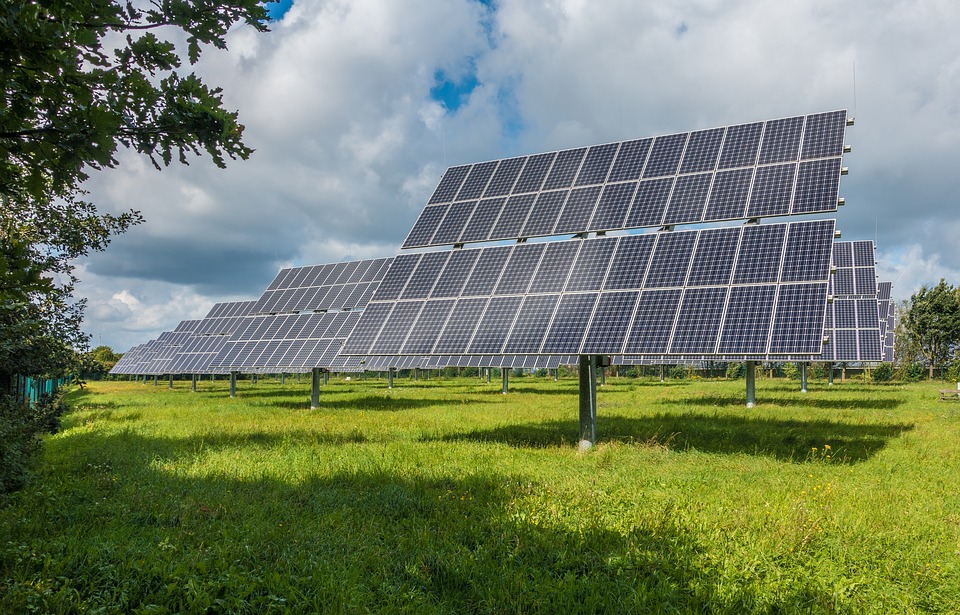Two point six five.
No, this isn’t another book published by Chetan Bhagat, delving into the dramas associated with IIT student life. It is however, a number that is making a lot of IITians here in our office quite excited. This new number has been making the rounds in the Indian solar power industry since yesterday when GRT Jewellers quoted the lowest bid to acquire 90 MW of solar projects in Gujarat. Around 9% higher than the lowest bid quoted earlier this year in Rajasthan for the Bhadla Solar Park, this figure represents a departure from the downward spiraling curve of solar prices in India.
One of the factors that could have contributed to the price increase, is the timing of the reverse auction. There was a delay in this auction for 500MW of solar projects in Gujarat because of uncertainties caused by the GST. For more information on the impact of GST on renewable energy click here. Despite a break from the downward spiral, Rs. 2.65 per unit is still lower than the NTPC’s average rate of power generation from coal, which was around Rs. 3.20 per unit(almost 20% higher) in May this year.
Was this higher cost unexpected? Not really, and here is why:
- The amount of solar radiation received by an area plays a key role in determining final energy output. Bhadla Solar Park is in Rajasthan’s Jodhpur district, which gets the highest solar radiation in the country. Gujarat has less intense solar radiation than Rajasthan and thus, ceteris paribus, will be less efficient.
- The developers participating in the reverse auction need to acquire land for the solar parks on their own. A part of the higher bids quoted can be attributed to this additional fixed cost.
- The cost of solar modules in China has risen by almost 20% in the last six months. Recently, the prices have been chased up by a push from the US to impose anti-dumping duty on China. India gets 84% of its solar panels from China so this development is a matter of concern. For more information, click here.
Given the above factors, the main matter of concern with respect to higher solar prices is the looming US Tariff threats on Chinese imports. This is something the industry will have to keep an eye out for. The immediate effect is a self-fulfilling prophecy of sorts as hoarding of solar panels is taking place to avoid paying higher prices. This is turn is causing the prices to increase. The long-term effects cannot currently be quantified.
Winners of the Gujarat Reverse Auction – A Surprise Entrant
- The winners of the auction were GRT Jewellers with 90MW at Rs. 2.65 per unit, followed by the two state-owned power companies – Gujarat State Electricity Corporation and Gujarat Industries Power Company – both being allotted 75MW of projects at Rs. 2.66 and Rs. 2.67 per unit, respectively. And last, but definitely not the least, Azure Power at Rs. 2.67 per unit obtained more than 50% of the total projects to be allocated.
Distribution of Solar Allocation by Company - GRT Jewellers , a Chennai based company, until recently was known mostly for its ornaments and designs. The company wants to reduce its environmental impact. It’s only claim to fame so far in the world of solar is that it has invested in 15MW of solar energy production units in Tamil Nadu. For more information about GRT refer to this.
Last year in June, Gujarat saw a very different type of solar auction at the Charanka Solar Park. The Economic Times went as far as to call the response to the auction tepid. For more information on the auction held last year, click here.
In just over a year, the solar industry market has seen an overhaul with prices dropping by almost 40% and bidders becoming a lot more competitive. For the longest time the move towards renewable sources of energy was considered necessary for sustainable development and protection of the environment. Many of the projects were being undertaken solely to meet the renewable energy targets voluntarily set by India. But today, solar has also become the economically more viable option and this fact makes converting to solar a no-brainer. What would you say to making the environment a better place while adding to your savings?
Go solar and reduce electricity bill at your home, office or factory:
- Click here to contact us online
- Call us at +91-920-569-5690
- Simply fill the form below
Do give our blog a read for all your solar related questions and check out other interesting updates on solar on our facebook page (facebook.com/zunroof).

